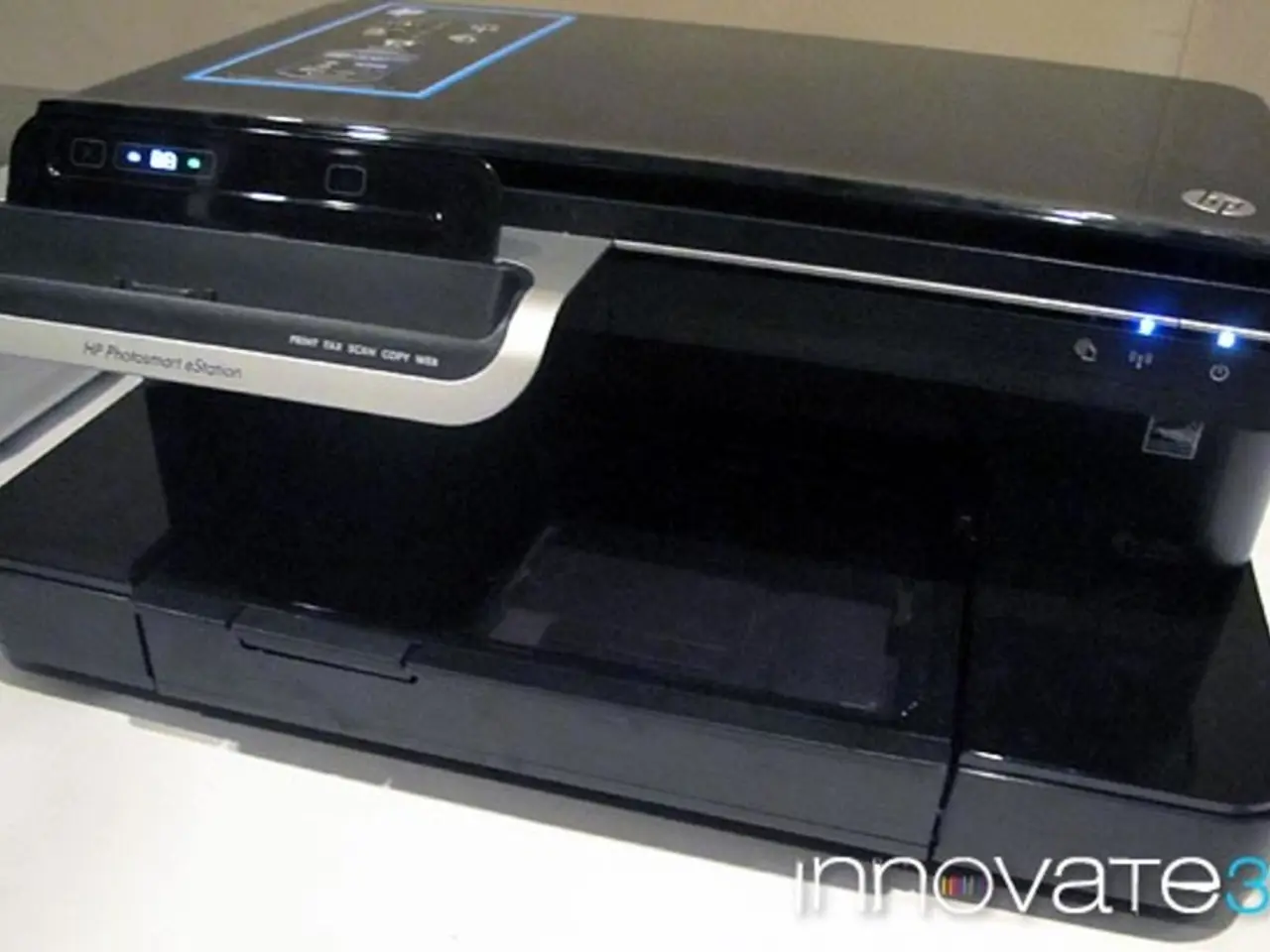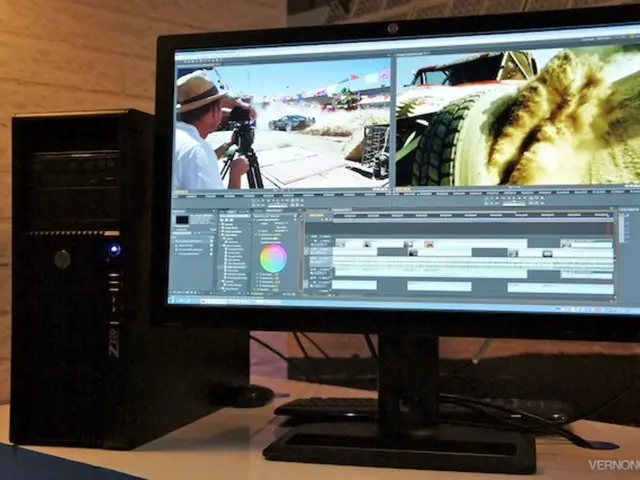3D Printing's Rise: From Prototypes to Homes and Mass Production
3D printing, once a costly method for creating prototypes, is now becoming more accessible and affordable. This shift could revolutionise mass production and even find its way into homes. Let's explore this evolving technology.
The journey began in the 1980s with engineer Chuck Hull's stereolithography process. Initially, 3D printing was used to create prototype parts, reducing risks and costs in manufacturing. Today, companies like A.L.B. watches and Imaginarium Toys have integrated it into their production processes. Meanwhile, Staples offers affordable 3D printers and in-store printing services, making the technology more accessible.
Experts predict that as 3D printers become more affordable and innovative, they could reduce the manufacturing workforce. The future could see these printers in every home for repairs and reproductions, even extending to the military. However, a Bloomberg article suggests focusing on processes rather than products for a flexible approach to 3D printing in mass production.
From its inception as a costly prototyping tool, 3D printing is now poised to transform mass production and potentially enter our homes. As the technology advances and becomes more affordable, it could secure a bright future for the manufacturing industry and change the way we produce and repair goods.
Read also:
- EPA Administrator Zeldin travels to Iowa, reveals fresh EPA DEF guidelines, attends State Fair, commemorates One Big Beautiful Bill
- Leaders at HIT Forum 2025: Middle Powers Key to Asia's Security
- Samsung, SK Hynix Partner with OpenAI for AI Chip Boost, Driving South Korea's Tech Industry
- Businesses Battle Advanced Digital Fraud Tactics







